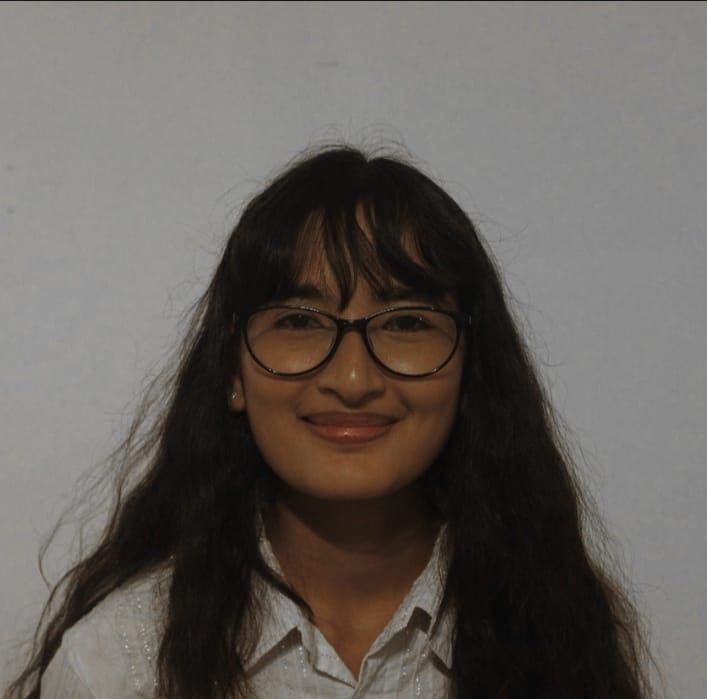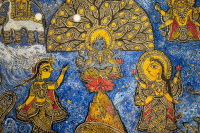Culture & Lifestyle
What do windows hold?
Siddhartha Art Gallery’s recent exhibition reflects on stories of a city told through frames and fragments of time.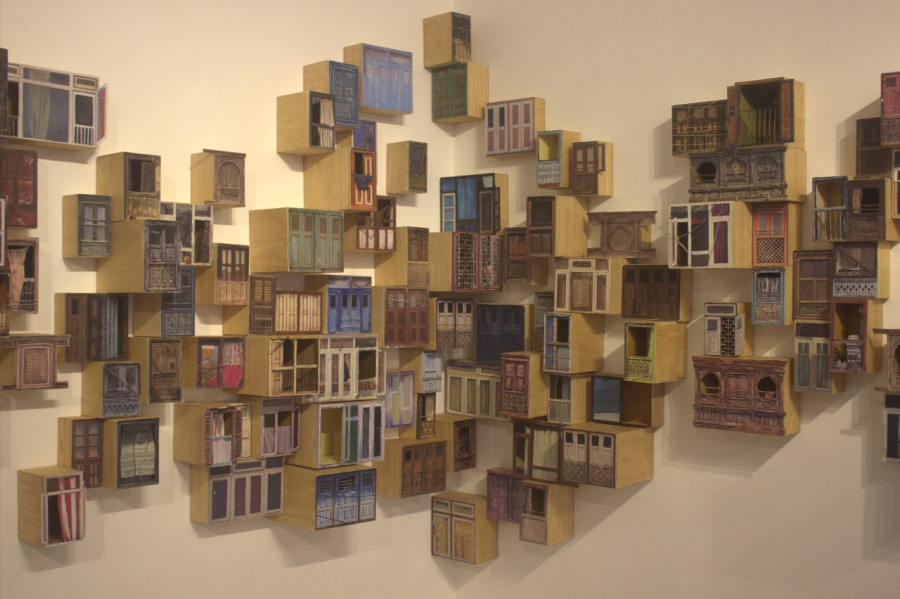
Pinak Shrestha
Have you ever glanced at a window and wondered what it holds inside? Perhaps it was an old, wooden, carved window—the kind you pass by in an alley without giving much thought. As a child, I began noticing how each window bears a different design. When I asked my grandparents about them, they simply said, “They are called Tīkijhyā.” I often wondered why some were intricately crafted, while others remained plain.
Some ākhijhyā—carved wooden windows—have small, intricate apertures. They offer a scattered view, never a full one, just little glimpses of what lies behind. They remind me of people—how we try to understand one another but often only see fragments.
At Siddhartha Art Gallery’s (SAG) latest exhibition, ‘Under The Same Roof’, these memories rush back. Everything appears scattered, somehow together—like a collage of windows and time. As I walk through the gallery, the space feels transformed. The artworks resemble capsules of time, memory, and urban landscape fragments. The windows immediately stand out—each one distinct, carrying a character of its own. I’m reminded of the windows I once noticed as a child, and of the expressions on the faces of elders, frozen in time as they watched the world go by.
The works of the duo Subodh Bhandari and Sambridhi Ratna Shakya bring these quiet stories within windows to life. Their installation, ‘A Walk Through the City,’ which features over 500 reproductions of real windows that they’ve documented, draws us into fragments of urban life. Windows, walls, and pieces of architecture appear not as background elements but as the main focus of the artists’ study.
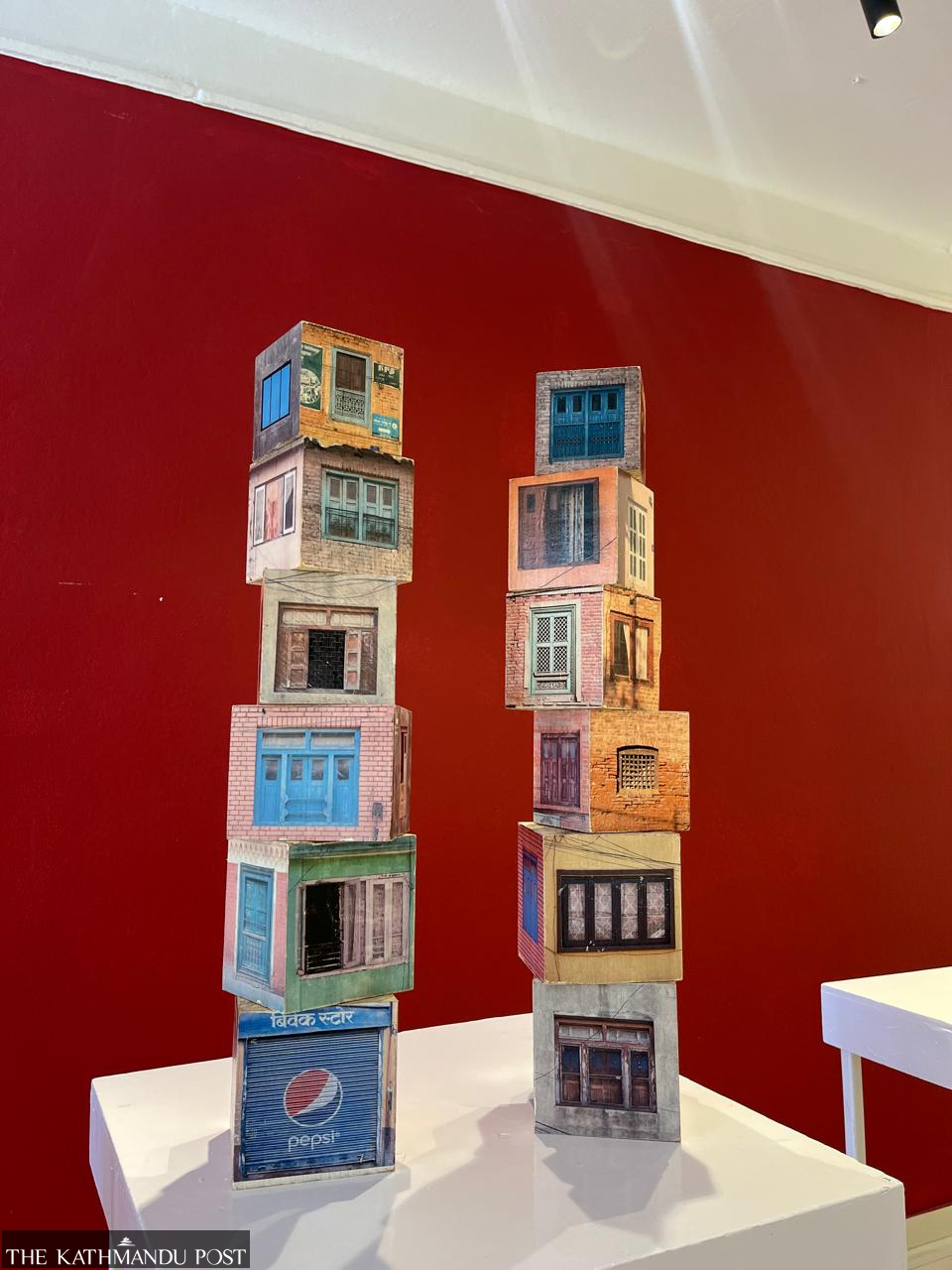
Bhandari and Shakya bring out their intrinsic beauty, reminding us that such everyday structures carry with them, in their own words, “memories, nostalgia, culture, and urban experience.” They suggest that these ordinary elements—often overlooked—have the power to connect us. Their work explores how these materials reflect the city's past and present.
Some replicas mimic delicate curtains; others are bold and striking. Intricate metal railings from bygone days sit beside modern minimalist grids. Carved wooden latticework shares the space with sleek flat panes of wood, glass and metal grills. Every element reflects a different evolution of design. Standing before them, I see how windows can reveal the passage of time—tracing the shift from mysterious, handcrafted forms to the modern simplicity of glass window panes. It is a quiet transformation, one that suggests loss and change. Colours fade, textures wear down, and yet—no matter the shape or style—they all serve their purpose; let the outside in and offer a vista to the outside world.
Each window becomes a quiet witness to time. As I look at them, I reflect on how our urban spaces continue to change. Once, small handcrafted frames were full of intricate detail and quiet mystery. Today, wide panes of glass dominate, reflecting everything around them, yet reveal very little. Their textures feel like they hold memories of people, seasons, even secrets, making you wonder what stories lived behind them. Yet they offer no answers, only a quiet sense of curiosity. Though open and expansive, the new windows often feel too smooth, too bare—almost too honest.
The artistic duo agree that ‘coexistence’ is at the core of their practice. I wonder if they are referring to the possibility of different periods, carved wooden frames and clear glass panes side by side. Perhaps windows change as we do—gaining clarity, yet losing a bit of mystery. And maybe, in that quiet shift, we all find something to relate to.
Their series ‘To Make Sense of the Stillness’, goes beyond simply representing physical structures. The layering of paper serves to unpack the meanings embedded in urbanness, engaging with the emotional and cultural imprints within the physical spaces. This conceptual grounding explores history, religion, and social context, and hints at the fact that these elements are never stagnant but ever evolving.
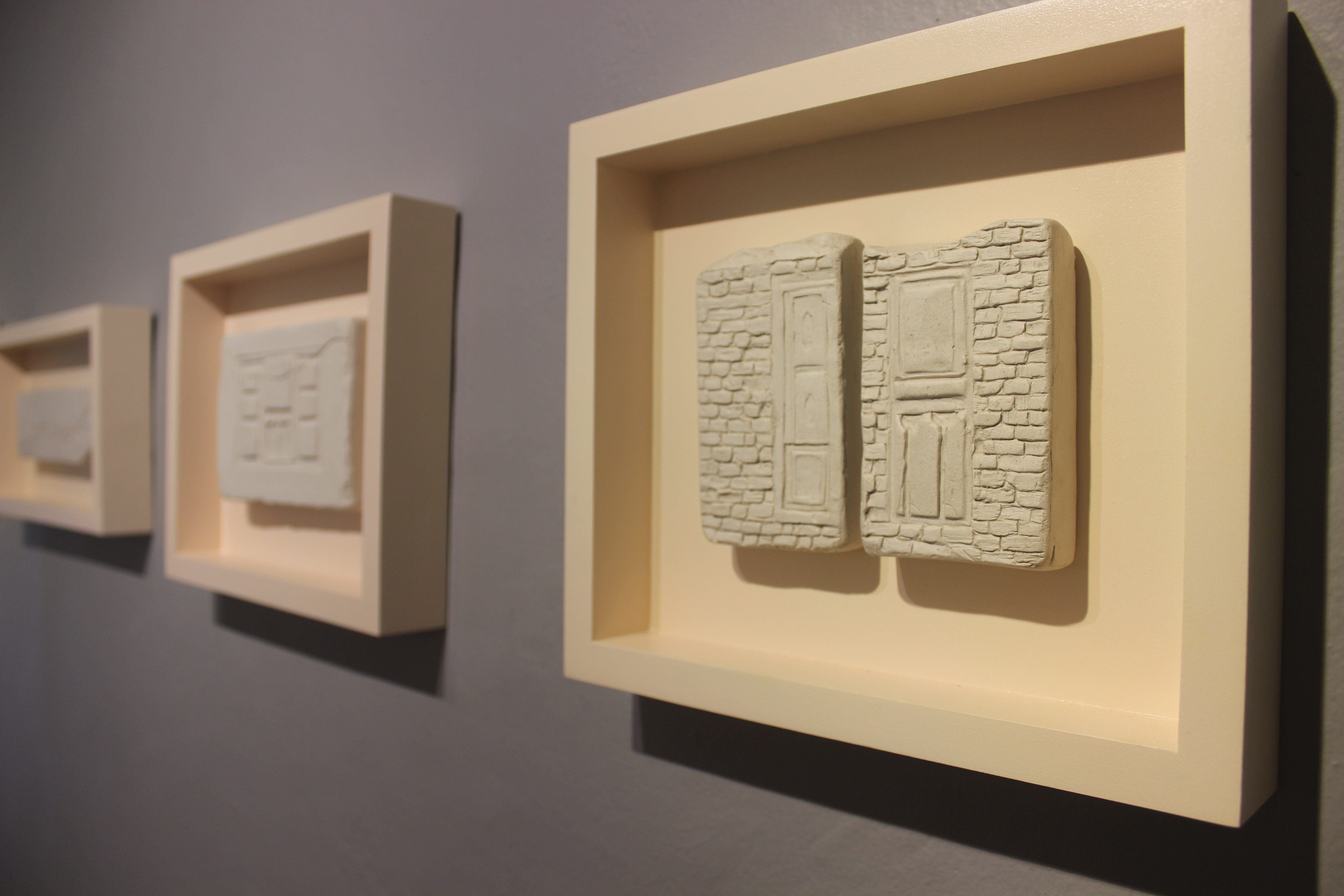
The ‘All That Remains’ series, which features engraving on plaster of Paris, struck me with its grounded presence. These roughly hewn works embrace imperfection to reflect the city’s layered, multifaceted character with powerful sincerity. The textured walls and local architectural vernacular are the highlights of this series. The juxtaposition of these elements feels intentional, as it provides a vignette of Patan city that is deeply rooted in its history and negotiating the pressures of urban change.
The exhibition invites a gentle kind of reflection, never loud or didactic. Reflecting on the duo’s practice, Shakya shares, “We don’t exaggerate the work we do.” This simplicity, I realised, is what makes their work so resonant. Bhandari hopes that some of the visitors will look at the windows and say, “Oh, I’ve seen this window somewhere!” or “This looks like the one in my house.” This sense of familiarity will allow people to connect instantly. From the artists’ perspective, the work embodies this connection, and through it, a bond forms between artist and viewer.
‘Under The Same Roof’ is part documentation, part archive—it is an exploration of memory, place, materiality, and urban transformation. The exhibition feels like an invitation to pause and observe the simple details that shape our lives. The artists experiment with a variety of materials—wood, acrylic sheet, plaster, and lokta paper. Their works remind us that change is inevitable, even as traces of familiarity remain. Like the windows they depict, the artworks hold both history and possibility, mystery and clarity. And in that delicate balance, we discover a quiet connection—not just to the art, but to our own stories.
Under The Same Roof
Where: Siddhartha Art Gallery, Baber Mahal Revisited, Kathmandu
When: July 16 to August 16, 2025
Time: Sunday to Friday, 11:00 am to 5:00 pm, Saturday, 12:00 pm to 5:00 pm
Entry: Free




 6.84°C Kathmandu
6.84°C Kathmandu